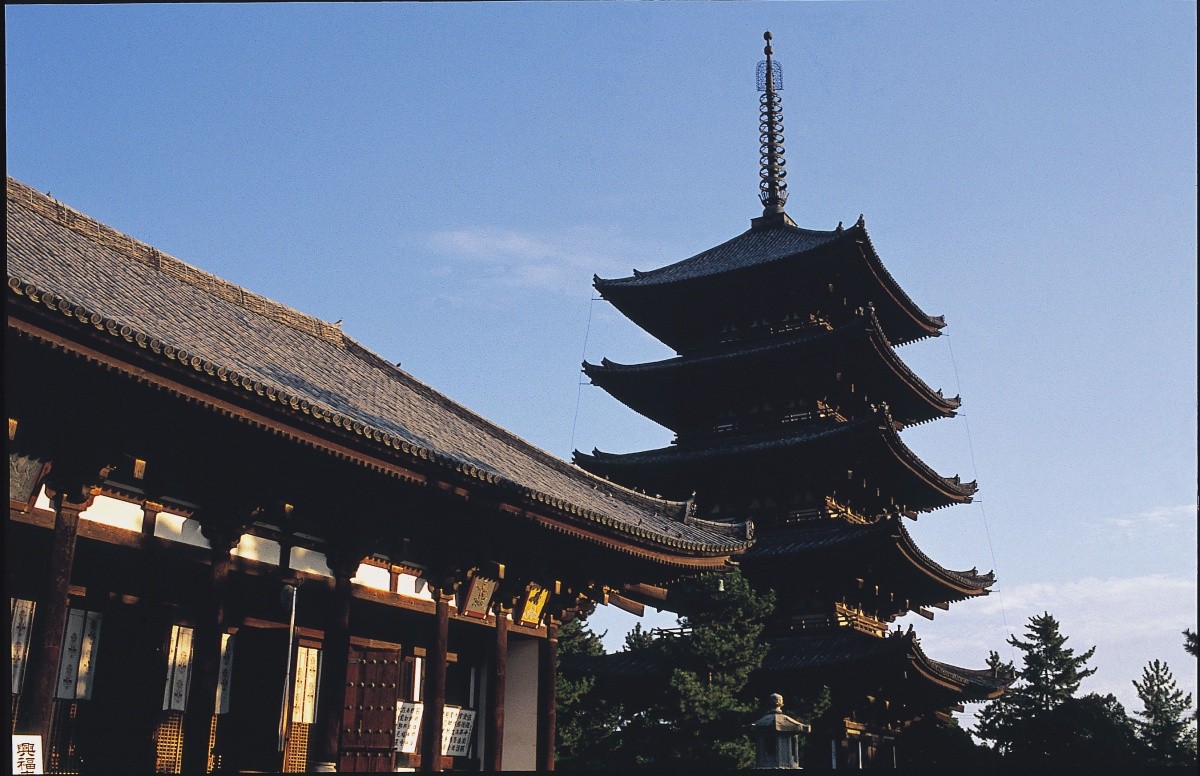
Kohfuku-ji Temple in Nara is famous for being home to the national treasure, the Asura statue, and is a definite must-see sightseeing spot in Nara. Other than the Asura statue, there are a number of other great treasures, with roughly 17% of Japan's Buddhist statues that are designated as national treasures held at Kohfuku-ji Temple. The 5-story pagoda on the grounds is also a symbol of Nara. In this article, we will tell you all you need to know about the history and multitude of highlights at Kohfuku-ji Temple before visiting.
About Kohfuku-ji Temple

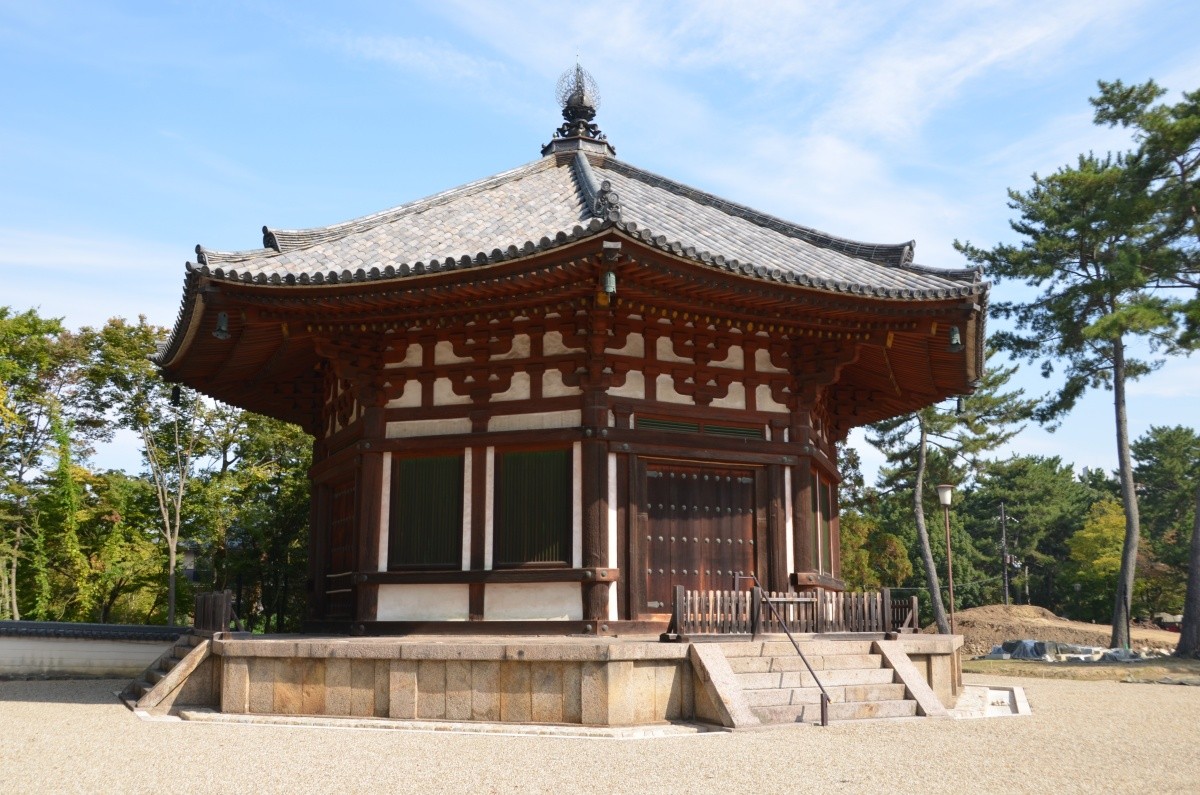
Kohfuku-ji Temple was built by the son of the Asuka period politician Fujiwara no Kamatari, Fujiwara no Fuhito, when the capital was moved to Heijo-kyo in 710. Originally dedicated to the Fujiwara's guardian deity, both Emperor Shomu, and the Empress Komyo, who was Fuhito's daughter, also added buildings to the temple. It flourished thereafter, and it is said that in the middle ages, the temple held enough power to control the whole of the country of Yamato (current-day Nara Prefecture). There were multiple fires at the temple, and the buildings were lost, but they were rebuilt in the Nara Period style each time, so it is said that the temple retains the image of the Nara Period. The "To-kondo" Eastern Golden Hall, where the Yakushi Buddha statue is housed, and the "Chu-kondo" Central Golden Hall, which finished rebuilding construction in 2018, are also must-sees.
The highlights of Kohfuku-ji Temple
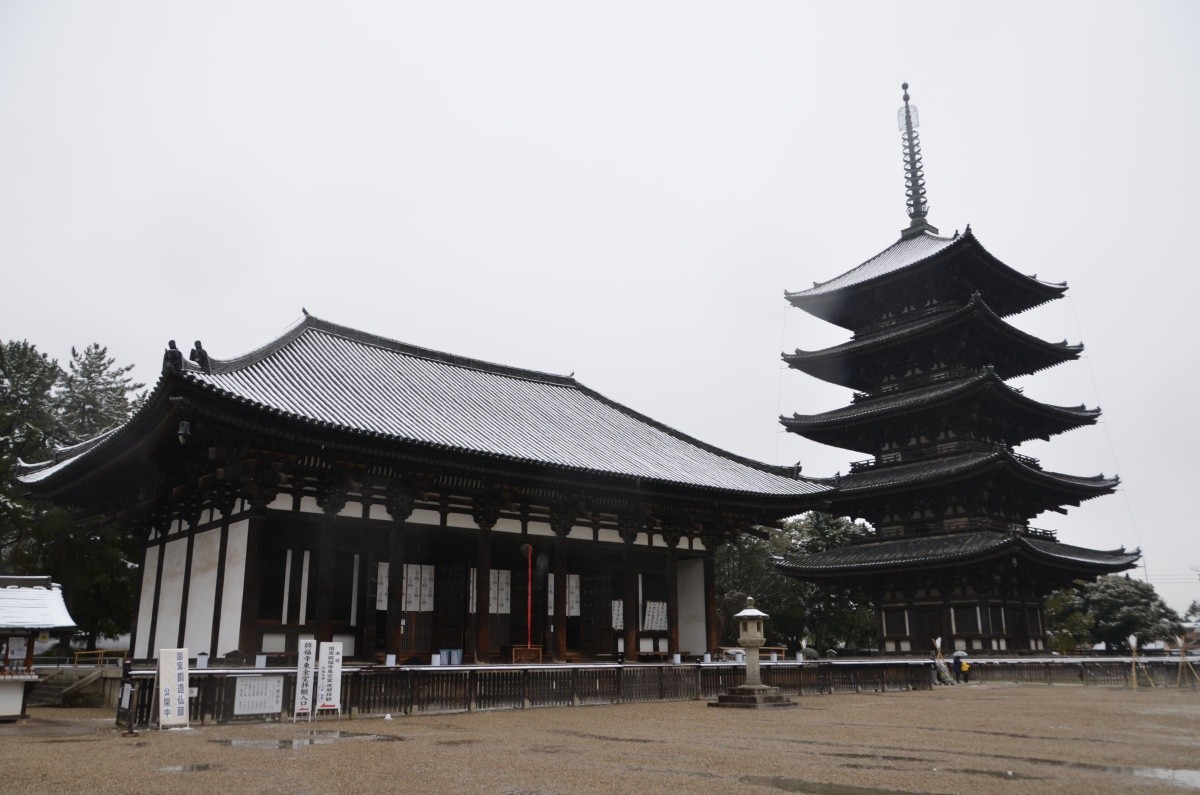
The main attraction is the Asura statue, which is enshrined in the National Treasure Hall. A very popular Buddhist statue, when it went on temporary display at the Tokyo National Museum in 2009, about 940,000 people came to see it, and waiting times stretched to an hour.
Asura is one of the eight demigods that protect Buddhism, with 3 troubled faces and 6 well-balanced arms. The statue is a masterpiece of the Nara Period and is designated as a national treasure. The face to the right looks as though he is hesitating, take note of his open mouth. The front-facing face looks a bit anxious, but though he has perhaps gotten out of his troubles. The 2 hands pointing upwards are said to have held the sun and the moon, and the middle 2 held bows and arrows, so that he could protect Buddha.
The second highlight is the 5-story Pagoda, which has become a symbol of Nara. About 50 meters tall, it is the second tallest old pagoda in Japan, after the 5-story Pagoda at Kyoto's To-ji Temple, and it has been designated as a national treasure.
Access to Kohfuku-ji Temple
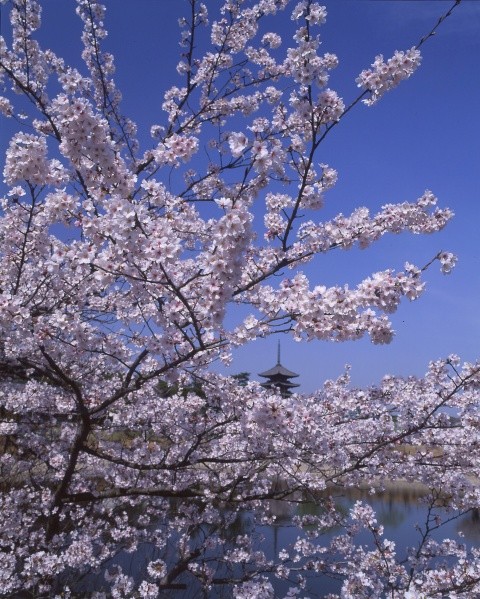
From JR Nara Station, take the Nara City Kotsu Loop Line Inner Line, ride for about 5 minutes, and get off at the "Kencho-mae" bus stop.
Spot Information
- Spot name:Kohfuku-ji Temple
- Street Address:48, Noborioji-cho, Nara-shi, Nara Prefecture 630-8213
- Access:See above
- Language:Official website available in English, Simplified Chinese, Traditional Chinese, and Korean
- English pamphlets available, except for the National Treasure Hall
- Ticket:Kohfuku-ji Temple National Treasure Hall: 700 yen (National Treasure Hall, To-kondo Eastern Golden Hall combined ticket is 900 yen), To-kondo Eastern Golden Hall: 300 yen, Chu-kondo Central Golden Hall: 500 yen
- Business Hours: 9:00 - 17:00 (last entry at 16:45)
- Holidays: Open year-round
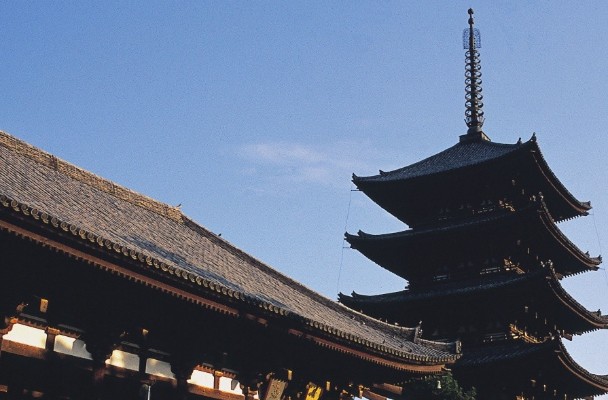
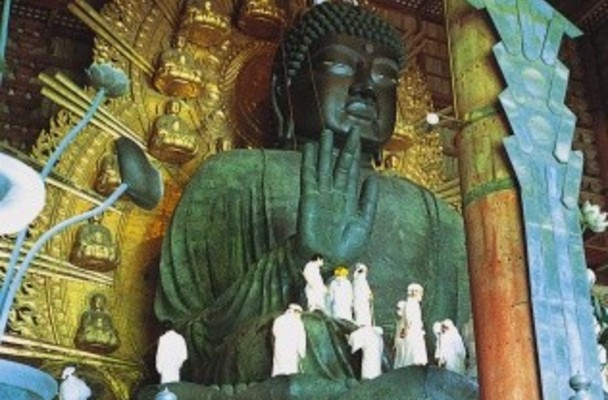
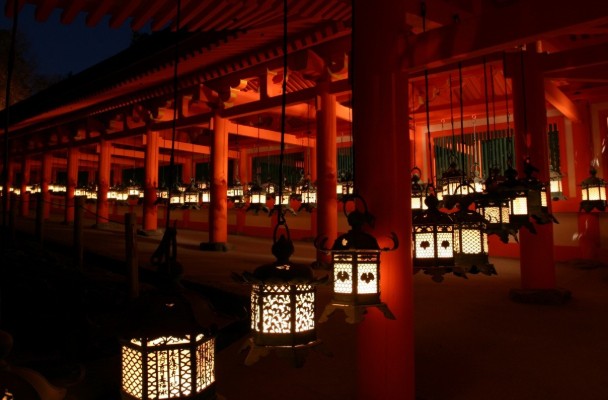
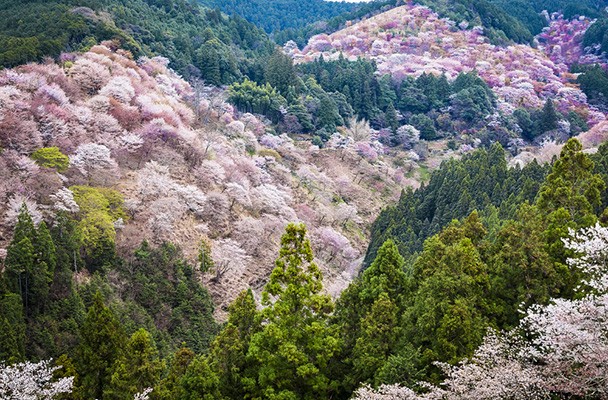
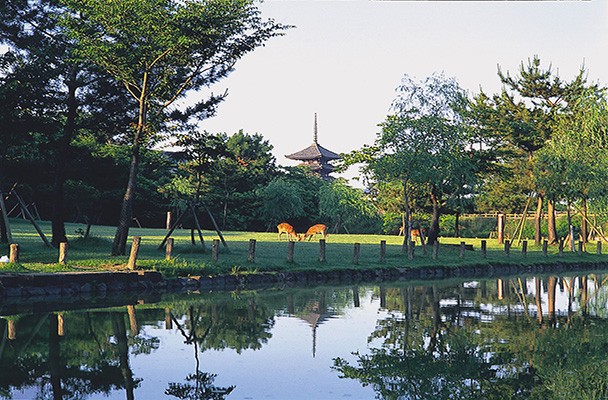
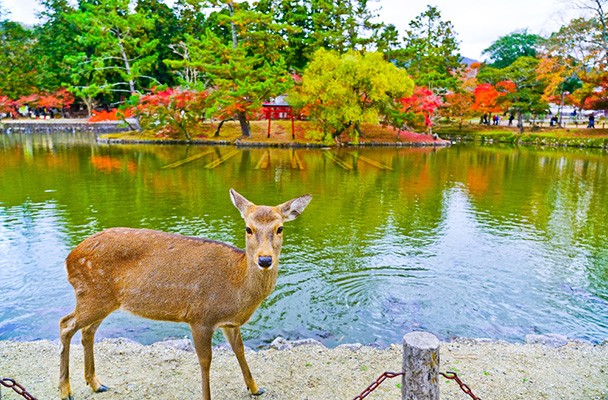
Comments